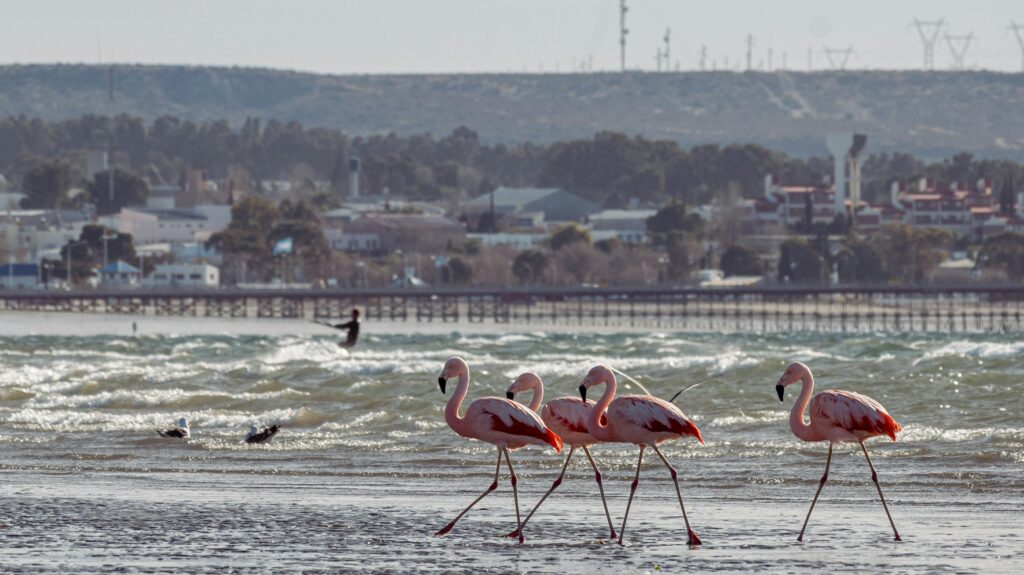Urban Wildlife Around the World

When we think about wildlife, we often picture remote jungles, mountains, or open savannahs. But nature has a way of finding its place even in the most unlikely spaces — including the cities we call home. Around the world, many wild species have adapted to urban life, living alongside people in ways that are often surprising and beautiful.
London, United Kingdom
Foxes are now a common sight in London’s parks, gardens, and even back alleys. Urban foxes have learned to live off leftovers, navigate traffic, and raise their young in hidden corners of the city.
Chicago, USA
Coyotes roam through Chicago’s suburbs and sometimes venture into the heart of the city. They adapt well to urban green spaces and help control rodent populations, playing a surprising but vital ecological role.
Tokyo, Japan
In the quieter edges of Tokyo, raccoon dogs (tanuki) sneak into parks and residential areas. These shy creatures have a deep place in Japanese folklore — and now a very real presence in urban life.
Mumbai, India
Perhaps one of the most extreme cases of urban wildlife: leopards live in and around Mumbai. These powerful cats use parks and undeveloped areas like Sanjay Gandhi National Park as hunting grounds, sometimes venturing dangerously close to human neighborhoods.
Melbourne, Australia
Possums and fruit bats have made Melbourne’s leafy neighborhoods their home. Possums, in particular, are so common that many residents build “possum boxes” to help them find safer places to live outside of attics.
Rio de Janeiro, Brazil
In the forests that weave through the hills and neighborhoods of Rio, you might spot marmosets, colorful toucans, or even capybaras wandering in the edges of urban life.
Why Urban Wildlife Matters
Urban wildlife shows us how adaptable, resilient, and creative nature can be. These animals are not just surviving — they’re shaping the future of conservation. As our cities grow, finding ways to coexist with wild neighbors will be one of the greatest challenges, and greatest opportunities, of the next century.
Next time you walk through a city park or quiet street, look carefully. There’s a whole wild world living alongside us — if you know where to look.
London, United Kingdom
Foxes are now a common sight in London’s parks, gardens, and even back alleys. Urban foxes have learned to live off leftovers, navigate traffic, and raise their young in hidden corners of the city.
Chicago, USA
Coyotes roam through Chicago’s suburbs and sometimes venture into the heart of the city. They adapt well to urban green spaces and help control rodent populations, playing a surprising but vital ecological role.
Tokyo, Japan
In the quieter edges of Tokyo, raccoon dogs (tanuki) sneak into parks and residential areas. These shy creatures have a deep place in Japanese folklore — and now a very real presence in urban life.
Mumbai, India
Perhaps one of the most extreme cases of urban wildlife: leopards live in and around Mumbai. These powerful cats use parks and undeveloped areas like Sanjay Gandhi National Park as hunting grounds, sometimes venturing dangerously close to human neighborhoods.
Melbourne, Australia
Possums and fruit bats have made Melbourne’s leafy neighborhoods their home. Possums, in particular, are so common that many residents build “possum boxes” to help them find safer places to live outside of attics.
Rio de Janeiro, Brazil
In the forests that weave through the hills and neighborhoods of Rio, you might spot marmosets, colorful toucans, or even capybaras wandering in the edges of urban life.
Why Urban Wildlife Matters
Urban wildlife shows us how adaptable, resilient, and creative nature can be. These animals are not just surviving — they’re shaping the future of conservation. As our cities grow, finding ways to coexist with wild neighbors will be one of the greatest challenges, and greatest opportunities, of the next century.
Next time you walk through a city park or quiet street, look carefully. There’s a whole wild world living alongside us — if you know where to look.
